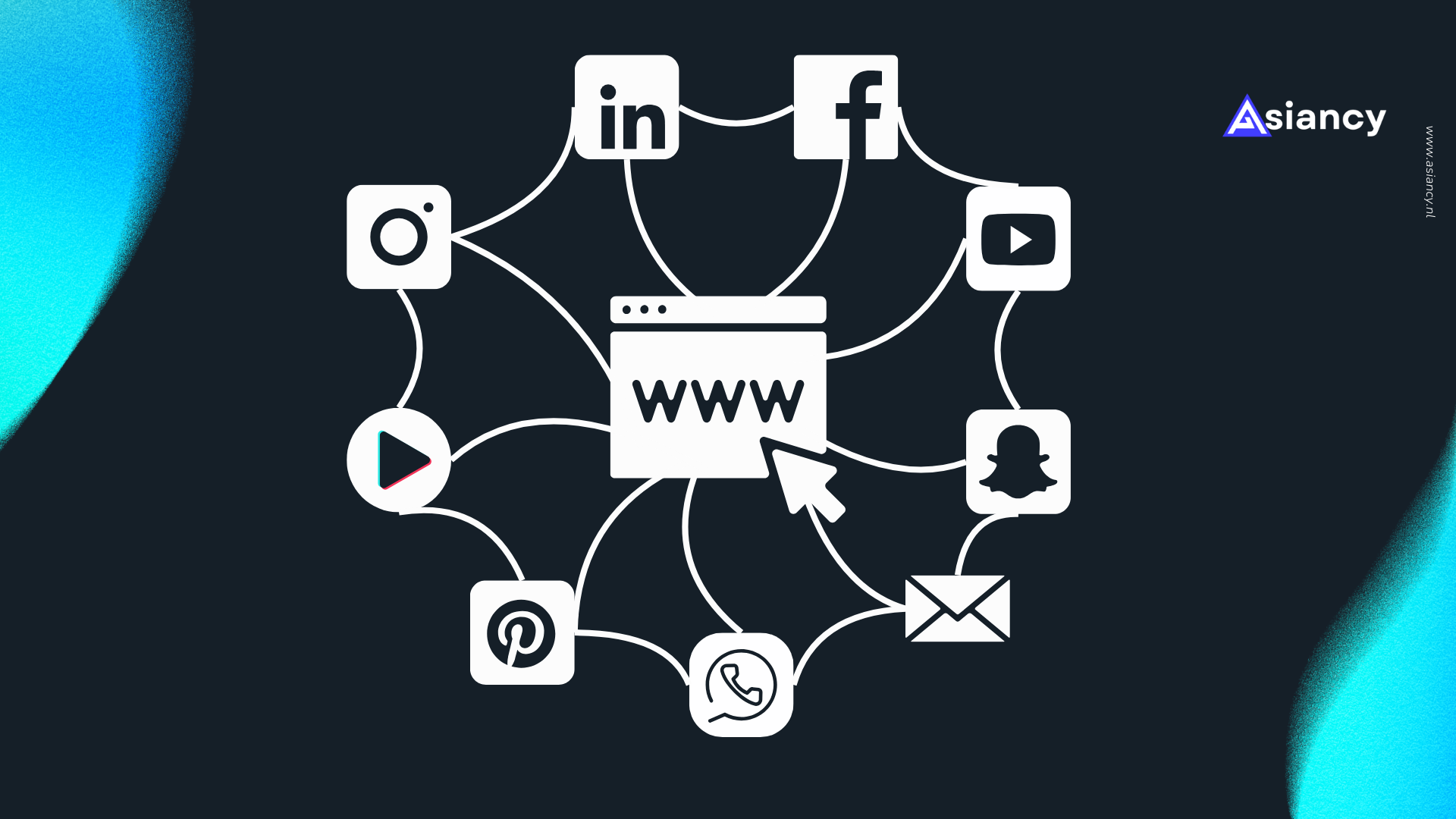The Spiderwwweb Model
In the fast-paced world of digital commerce, businesses are constantly seeking innovative strategies to reach and engage with their target audience effectively. One such groundbreaking approach is the spiderwwweb model—a concept introduced by Lorenzo Pereira, which takes omnichannel marketing to a new level of sophistication and efficiency. At the heart of this model lies the webshop, serving as the central hub from which all other channels are strategically interconnected, forming a cohesive and expansive web of engagement. Explore the spiderwwweb model and why every business should embrace this transformative framework.
Understanding the Spiderwwweb Model
The spiderwwweb model revolutionizes traditional omnichannel marketing by placing the webshop at its core. Unlike multichannel approaches that disperse efforts across various channels, the spiderwwweb model advocates for a focused strategy where businesses prioritize their webshop as the primary channel. Businesses strategically extend their reach from this central hub by integrating and optimizing additional channels, forming interconnected pathways that lead back to the webshop.
Why Your Webshop Matters
The webshop is uniquely positioned in the spiderwwweb model as the only channel where businesses have complete control over their brand experience. Unlike external platforms with predefined formats and algorithms, the webshop allows businesses to communicate with customers on their terms, presenting products and services in a tailored and cohesive manner.
Building Your Web of Engagement
In the spiderwwweb model, each additional channel serves as a thread in the intricate engagement web, leading customers back to the central webshop. Whether it’s social media, email marketing, content marketing, or other digital channels, the goal is to seamlessly guide customers through the sales funnel, ultimately driving conversions and revenue.
Implementation and Challenges
Implementing the spiderwwweb model requires time, effort, and strategic planning. Building a robust webshop and integrating new channels demand investment and resources. However, the long-term benefits far outweigh the initial challenges. By creating a unified and streamlined customer experience, businesses can identify and address bottlenecks in their sales funnels more effectively, leading to improved optimization and efficiency.
Enhancing Customer Experience with CRM
To optimize the spiderwwweb model further, businesses can leverage customer relationship management (CRM) systems. These tools enable businesses to track customer interactions across channels, gather valuable insights, and personalize communication to enhance the overall customer experience.
Understanding the Customer Journey
Central to the success of the spiderwwweb model is understanding the customer journey. From initial awareness to post-purchase engagement, each touchpoint along the customer journey is critical in shaping the overall experience. By mapping out the customer journey and aligning channels accordingly, businesses can ensure a seamless and cohesive experience that guides customers through every stage of the buying process.
Weaving Your Success Story
In conclusion, the spiderwwweb model offers a strategic framework for businesses to navigate the complexities of omnichannel marketing. By prioritizing the webshop as the central hub and strategically integrating additional channels, businesses can create a cohesive and expansive web of engagement that drives conversions and fosters brand loyalty. Embracing the spiderwwweb model is not just about expanding your digital footprint—it’s about weaving a success story that resonates with your audience and propels your business forward in the digital age.

